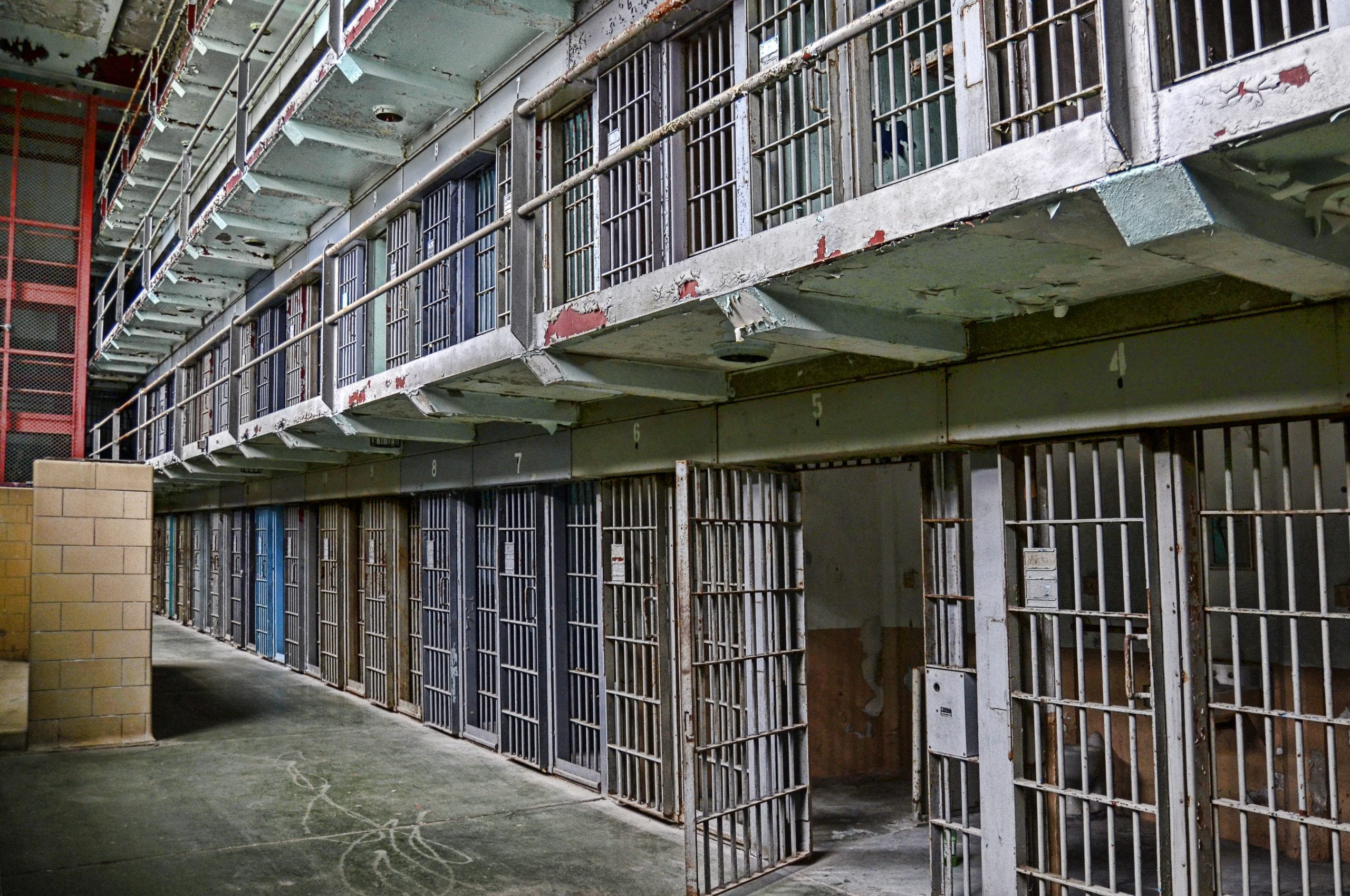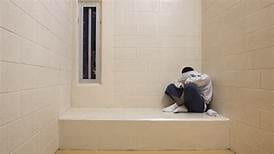
It is no secret that the United States has an issue of overcrowding prisons, which can lead to many issues regarding quality of life in prisons. Overcrowding in prisons is not just a problem in the United States; over 100 other countries also have this issue. In many countries, the criminalization of mental health is a factor that is compounding the issue. Individuals with severe mental illnesses not only need treatment that prisons don’t provide, but also can be put in dangerous situations when they are in prison. Despite this, they are more likely to end up in prison than in treatment.
Up until the 1960s in the United States, when someone had a severe mental illness, they were typically placed in a mental institution or asylum. In an effort to provide patients in mental institutions better community-based care and reduce government spending, the process of deinstitutionalization began. However, that is not how it played out. While the movement gave those with mental illness more rights and turned society away from locking them up, it released some that would have benefitted from long-term care that community centers could not provide. However, with many patients moving out of long-term treatment facilities, many of these facilities were shutting down. This left community mental health centers to try to treat illnesses they were not originally intended to. Another issue arose when insufficient funding was allocated for the community mental health centers, further overwhelming the new system. Because the difficulty of the transition from institutionalization to community care was underestimated, many—then and today—have gone without treatment. The lack of treatment for serious mental illness, like Schizophrenia, has led to the incarceration of many people with mental illness who should instead be treated.
Not Guilty by Reason of Insanity
Another issue that has contributed to the criminalization of mental illness is the difference between the clinical definition of mental illness and the legal definition. The diagnosis of mental illness is dictated by the Diagnostic and Statistical Manual of Mental Disorders (DSM). The law, however, sees mental illness as symptoms that impair mental functioning. The main diagnoses that fits into the legal definition are psychotic disorders, such as Schizophrenia. Even if someone has been diagnosed with a psychotic disorder, when pleading not guilty by reasoning of insanity, their lawyer must show that they were having symptoms at the time of the crime that contributed to said crime. This can be a difficult task as some states require that the symptoms are so severe that the defendant didn’t know that the crime was illegal. Even in cases where the defendant has shown this to be true, some juries will give a verdict of guilty to ensure that someone is held accountable for the offense.
Some states have gotten rid of the insanity plea altogether, while others have changed it to “guilty because of mental illness” meaning after treatment, they must serve their sentence in prison. This can sometimes put the progress a patient has made in jeopardy, as prisons are not a suitable environment for maintaining a newly achieved healthy mental state. In states where not guilty by reason of insanity is still in effect, those found not guilty by reason of insanity are supposed to be released after sanity has been restored. Yet, this is rarely the case; due to fear they will go off their medicine and commit the same violent crimes, many are held in treatment facilities indefinitely. With the threat of this outcome overhead, many opt out of the not guilty by reason of insanity plea and are instead place into a prison where they will not receive the appropriate care.
Because of the law’s strict definition of mental illness, many are being placed in already crowded, underfunded prisons. Because of the lack of mental health professionals, prisoners in some states, including Nebraska, may not receive medications for mental illnesses or have access to talk to counselors. This can cause the reemergence of once-controlled symptoms, making the prisoner with a mental illness a danger not only to himself, but also to others. Additionally, many with severe mental illness are put in solitary confinement for long periods of time. Psychologists who have studied the effects of solitary confinement have seen a pattern of increased mental health problems in people who were originally neurotypical. If this is true, the effects on prisoners with mental illness could be devastating. Not only are people being sent to prison when they should receive treatment, they are also being put in situations that make their symptoms worse and make it harder to reenter into society if their sentence allows.
Substance Use Criminalization
In addition to violent crimes committed because of mental illness, many nonviolent acts associated with mental illness are criminalized; Substance Use Disorders are recognized by the DSM V and are therefore diagnosable and treatable, but the law instead criminalizes it. While at any given time there are more convictions for violent crimes, more people are sent to prison a year for drug-related crimes than violent crimes. Studies have shown that those imprisoned for drug-use are unlikely to receive treatment and often return to using drugs once released because they lack the resources that treatment would have given them. Sending people with Substance Abuse Disorders to jail does not improve their illness.
Not only those with Substance abuse disorder are affected by this criminalization; those diagnosed with another mental illness are five to eighteen times more likely to have a comorbid Substance Use Disorder. This can further prevent someone who needs treatment from receiving it. Most prisons don’t have adequate resources to treat prisoners with mental illness, so imprisoning people for crimes that are directly tied to mental illness can be detrimental to their treatment and future.
Current solutions
Some states are trying to combat the increasing proportion of prisoners with mental illness not receiving treatment. With our corrections system slowly catching up with our understanding of mental illness, states—like California—are beginning to consider replacing their old jails, not with new ones exactly like them, but instead with centers focused on rehabilitation. They are not calling for moving all criminals with mental illness out of prisons, but instead treating those with mental illness while they serve their sentence. Additionally, they do want to increase the diversion from jails, but that will be done on a case-by-case basis and only for those who have committed a crime because of mental illness.
Stigma
Ultimately, the criminalization of mental illness has a lot to do with the stigma surrounding it. The general population connects mental illness with violence, which leads to harsher punishments. As a society, we need to reduce stigma before any change can happen. If we continue to see those with mental health problems as inherently violent, they will continue to be prosecuted and sentenced unjustly.







